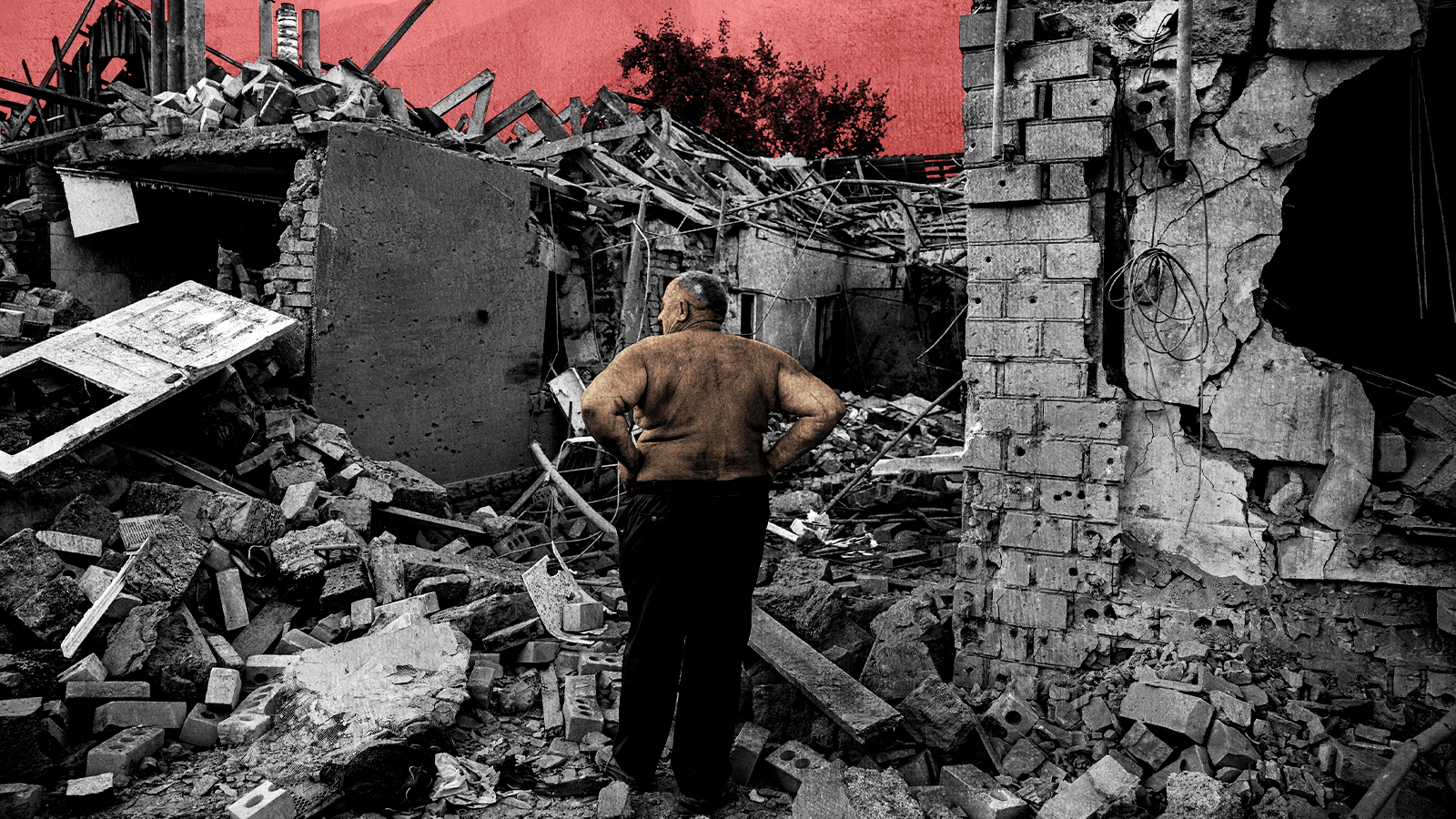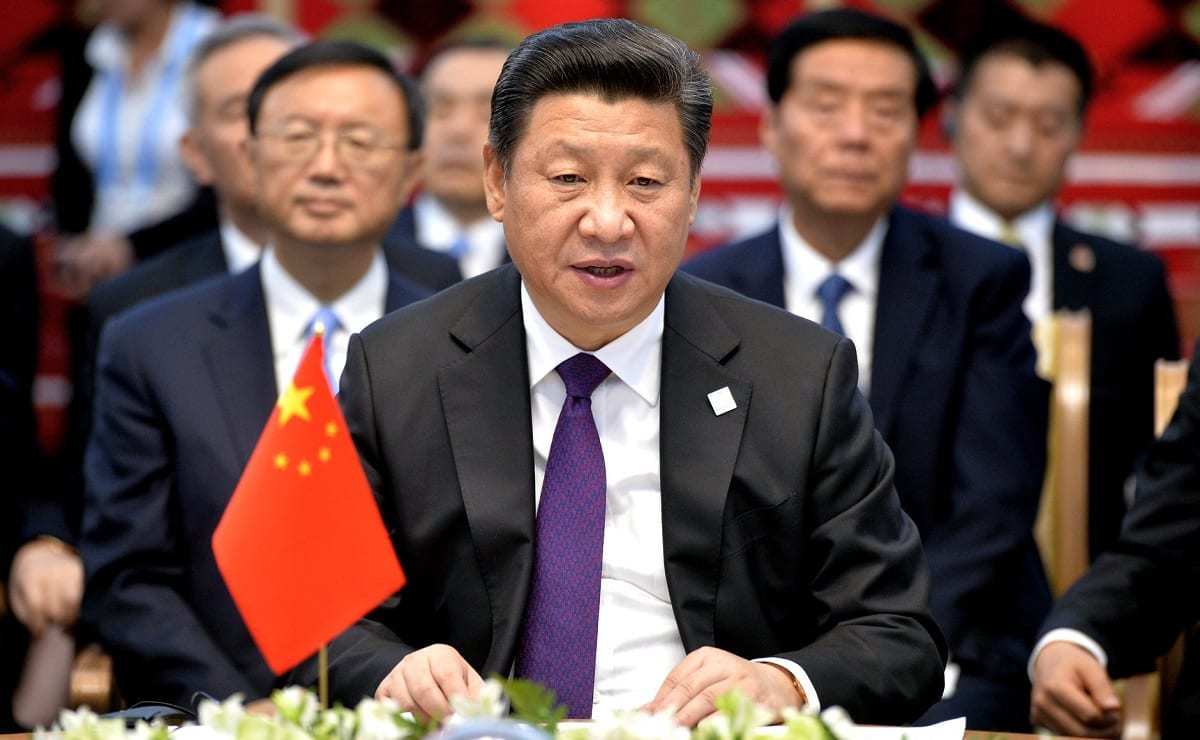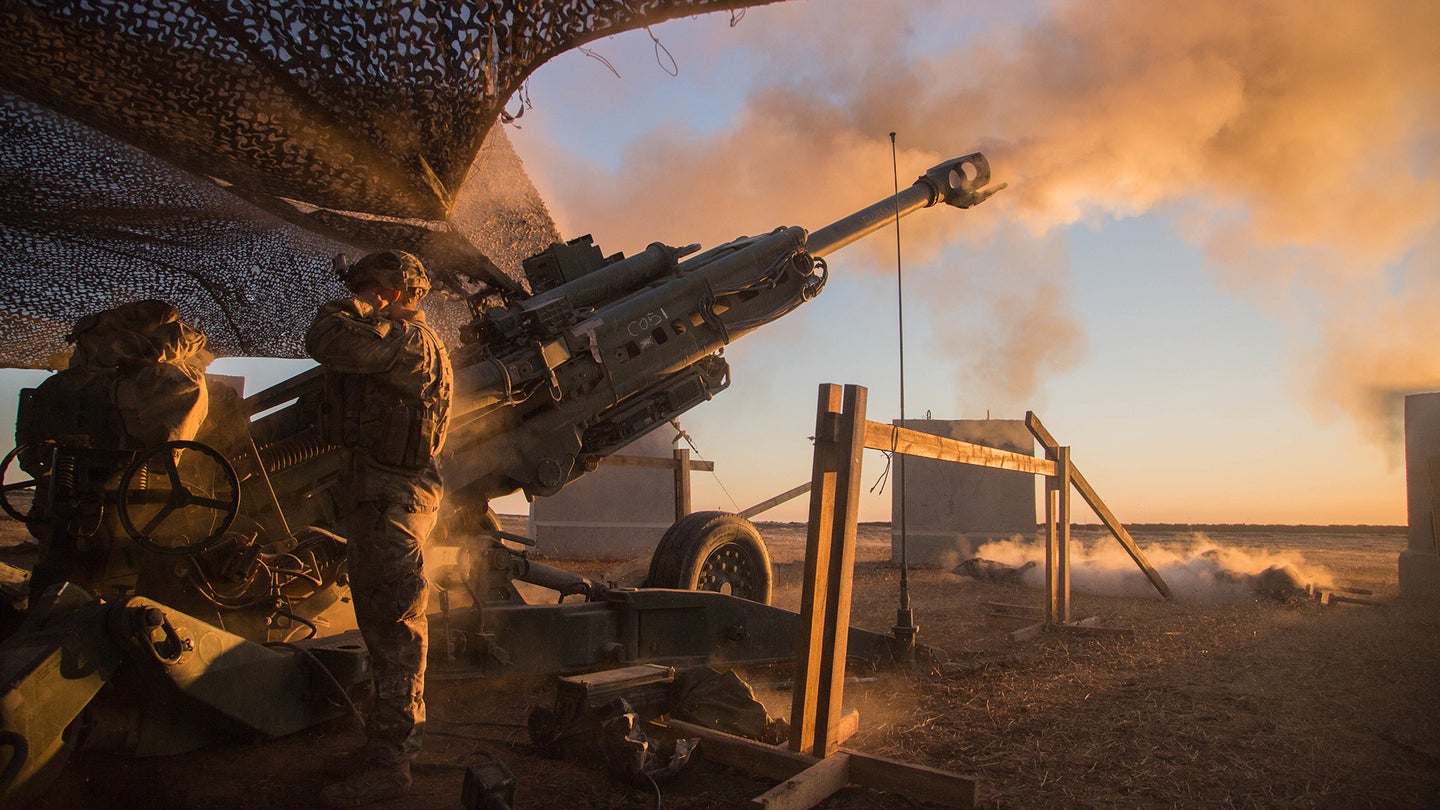Sophia Wright

One of the most striking images of the early phase of Russia’s invasion of Ukraine was that of the world famous Antonov AN 225, destroyed, burned out and cleaved in two in its hangar at Hostomel airport. “Mriya” as it is known (dream in Ukrainian), had garnered an pseudo-cult following in the global aviation industry due to its status as the world’s largest aircraft. But its destruction also symbolised the end of a Western reliance on Antonov as a provider of large-scale logistical aircraft going back decades.
For over 20 years, NATO member states and other armed forces around the globe have been relying on Antonov aircraft for intercontinental logistics. Recent events in Ukraine are forcing Western powers to rethink logistical arms deployment, and move away from a decades-old reliance on large aircraft in order to make the best possible use of available airborne resources.
Antonovs: a key element of Western logistics
Western powers and the NATO alliance have been using Antonov aircraft for strategic logistical missions for some time now. Back in 2018, Antonov Airlines offered to step into provide any required additional support to the EU and NATO’s Strategic Airlift International Solution (SALIS) programme after the exit of Volga-Dnepr. In particular, the company promised a consortium of 10 countries guaranteed access to AN-124 aircraft for NATO and EU operations. The AN-124 has the capacity to travel 4,500 km at a height of up to 10,000m carrying a maximum load of 120t. The aircraft is 36m long and 4.4m high, meaning it can transport large, heavy armoured vehicles to and from theatres of operations.






:quality(100)/cloudfront-us-east-1.images.arcpublishing.com/thesummit/QEIVSNVOKVFNZKR6VC7EL7UPSA.jpg)




